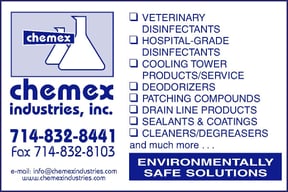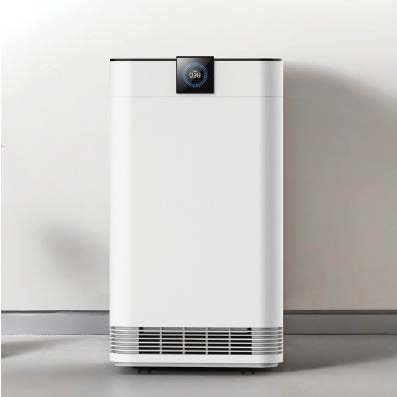Barry Greenberg
Indoor air quality had become a concern, prior to the pandemic. Airborne pollutants and contaminants have long been determined as cause agents for disease in office buildings, schools’ homes, etc.
The public spends about 90% of their time indoors and the air within restaurants, hotels, and other establishments is typically more dangerous than outdoor air. – The EPA ranks indoor air pollution among the top five threats to public health.
Good indoor air quality is particularly important for people who may be more sensitive to air pollution effects, such as children, the elderly, and those with chronic conditions, like asthma or cardiovascular disease.
According to the CDC, SARS-CoV-2 viral particles spread between people more readily indoors than outdoors. Indoors, the concentration of viral particles is often higher than outdoors, where even a light wind can rapidly reduce concentrations. When indoors, ventilation mitigation strategies can help reduce viral particle concentration. The lower the concentration, the less likely viral particles can be inhaled into the lungs (potentially lowering the inhaled dose); contact eyes, nose, and mouth; or fall out of the air to accumulate on surfaces. Protective ventilation practices and interventions can reduce the airborne concentrations and reduce the overall viral dose to occupants.
https://www.cdc.gov/coronavirus/2019-ncov/community/ventilation.html
We know that oxygen is essential for life and the respiratory system delivers oxygen to the organs and other parts of your body involved in breathing when you exchange oxygen and carbon dioxide.
Breathing in through the nose and mouth allows air to travel through the trachea to the lungs, diaphragm & bronchi. This mixture then enters the bloodstream to help with the proper functioning of our tissues and organs. Both Viral and Bacterial Pathogenesis occurs, where bacterial and viral elements can cause respiratory ailments, including chronic lung conditions.
Are you breathing what other people are exhaling?
Here, at Chemex, we’ve been assisting our customer base with their indoor air quality concerns:
- Having employees and customers feel comfortable going back to the workplace
- Providing a system that sanitizes the air, without producing harmful ozone
- Utilizing active hydroxyl gas to actively sanitize the air in occupied spaces, is a technology initially developed by NASA for use in the International Space Station.
- A system that includes ultraviolet irradiation of air, which is known to reduce the transmission of airborne and viral infections in hospitals and the workplace
- Proven technology is available now at a very competitive price point
Learn about Hydroxyl Technology and understand why it’s known as Nature’s Disinfectant.
Hydroxyls released indoors were proven to inactive viruses, bacteria, and mold in the air, in hard-to-reach places, on hard surfaces, and on soft surfaces. These experiments consistently produced the sufficient log reductions necessary to be approved by the FDA, for the reduction of surrogate viruses that could be applied to the SARS-CoV-2 virus



